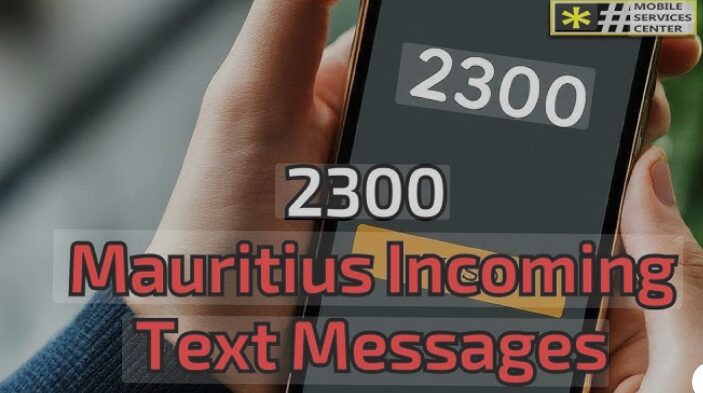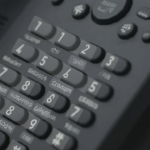Have you ever scrolled through your phone’s usage history and spotted a text or data entry from the 2300 phone number? This mysterious four-digit number, often appearing in your records without a corresponding message on your device, has left many users confused and concerned. Is it a scam? Is someone accessing your account?
This article provides a clear explanation of the 2300 phone number, clarifying its purpose, why it appears in your logs, and how you should interpret it.
What is the 2300 Phone Number?
First and foremost, the 2300 phone number is not a traditional phone number used for making calls. It is a system-level short code used by mobile carriers, most notably T-Mobile, for a specific technical purpose: routing Multimedia Messaging Service (MMS) messages.
Short codes are abbreviated numbers used by businesses and services to send and receive text messages. The 2300 phone number operates behind the scenes as part of your carrier’s infrastructure. Its appearance in your usage log is simply a digital footprint left by the network as it processes certain types of data.
Why You’re Seeing the 2300 Phone Number in Your Usage Details
The appearance of the 2300 phone number is directly linked to the handling of messages that are not standard SMS (text-only) messages. You are most likely to see this code appear in your account’s usage log when you:
- Send or Receive Picture or Video Messages (MMS): When you send or receive a photo, video, or audio file, the message is processed through your carrier’s Multimedia Messaging Service Center (MMSC). The 2300 short code is an internal routing number used by the system to manage this traffic.
- Participate in Group Texts: Group conversations are also handled as MMS messages, even if they only contain text. Therefore, engaging in a group chat can trigger a log entry from the 2300 phone number.
- Receive Voicemail Notifications: Some carriers use the MMS system to deliver voicemail notifications, which can also result in a 2300 entry.
- Encounter a Blocked Message: In some cases, if you attempt to send a message to a number that has blocked you, or if a message sent to you is blocked by your settings, a 2300 code may appear in your log as a record of the failed transaction.
You may also occasionally see it paired with a location like “Mauritius.” This does not mean your message came from or went to the island nation. It simply indicates the location of a server or international gateway that your carrier used to route the message.
Is the 2300 Phone Number a Scam?

In most cases, seeing the 2300 phone number in your usage history is completely normal and not a cause for alarm. It is a legitimate part of your mobile carrier’s internal network operations. The log entry itself is not a scam.
However, this does not mean you should ignore all caution. Scammers can use a technique called “spoofing” to disguise their real number and make a call or text appear to come from any number they choose, including a legitimate short code.
Here’s how to tell the difference:
- Legitimate Entry: A log in your official usage details on your carrier’s website or app is typically just a record of MMS routing. You usually won’t see an actual message from “2300” in your phone’s messaging app.
- Potential Scam: If you receive an actual text message from the 2300 phone number that contains a suspicious link, asks for personal information, or requests that you enter a code, treat it with extreme caution. This could be a phishing attempt.
What to Do When You See the 2300 Phone Number
- Cross-Reference Your Activity: If you see a log from the 2300 phone number, think back to whether you recently sent or received a picture, participated in a group chat, or received a voicemail. The log entry will almost always correspond to one of these actions.
- Do Not Panic About the “Mauritius” Location: If this location tag appears, understand that it is related to server routing and does not indicate your phone has been compromised or is communicating with a foreign entity.
- Never Click Suspicious Links: If you receive an unsolicited text, regardless of the sender, do not click on any links or download attachments.
- Protect Verification Codes: If a text contains a security or verification code that you did not request, do not share it with anyone. This is a sign that someone may be trying to access one of your online accounts, and you should immediately change your password for that service.
In conclusion, the 2300 phone number is a technical code used by your cell phone provider. While its appearance can be puzzling, it is usually a harmless and routine part of network operations. By understanding its function, you can distinguish between normal activity and a potential security risk.


